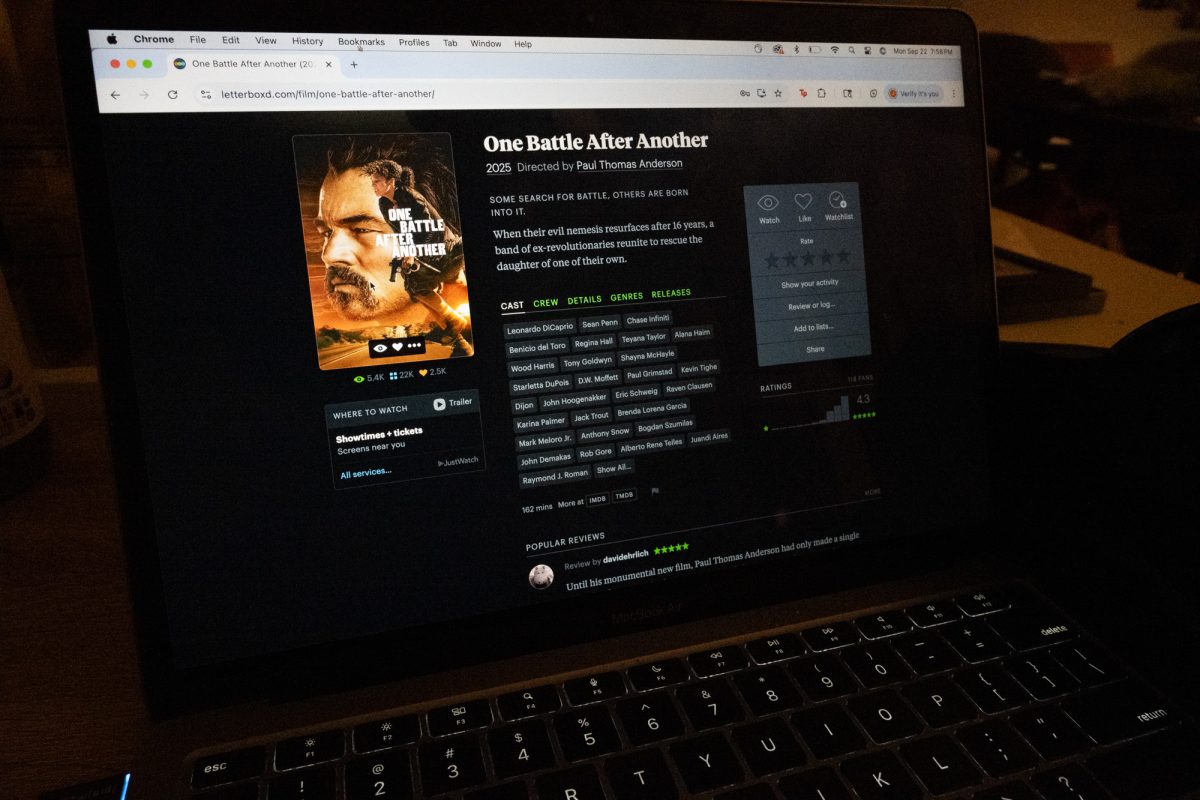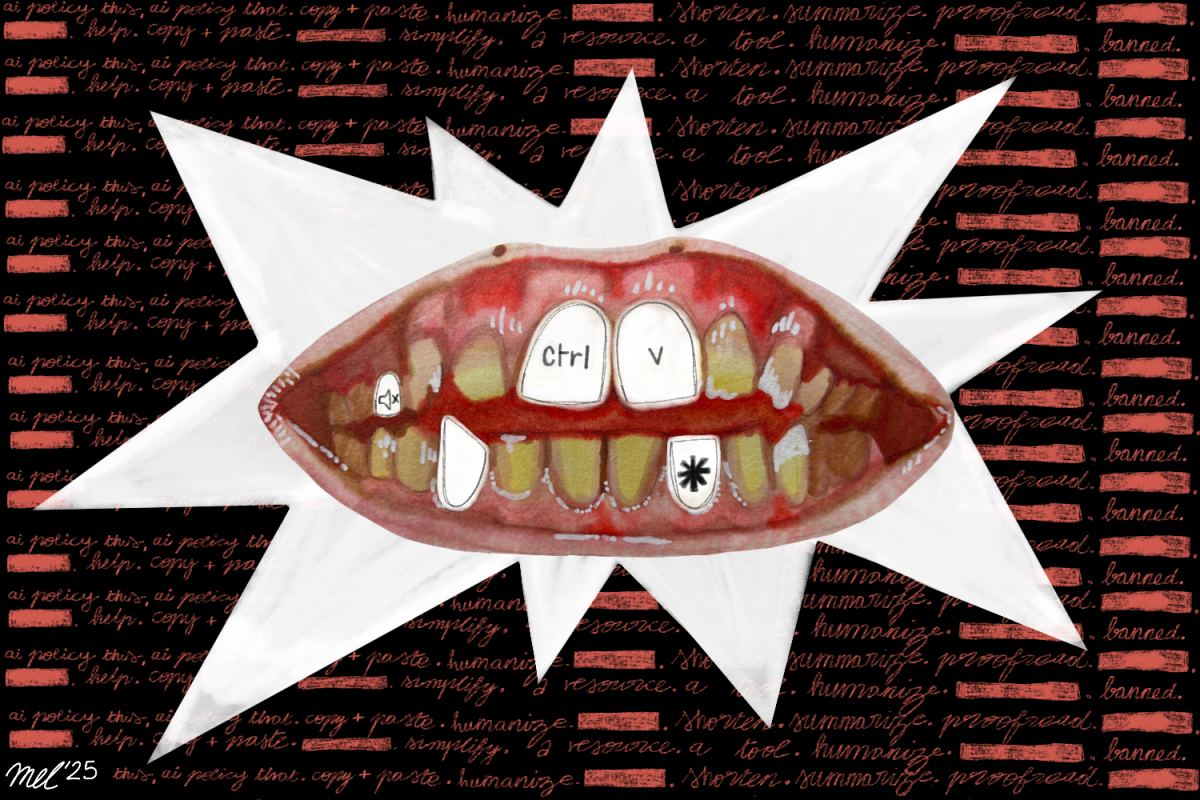It was hard to focus on anything but Twitter on March 21 as the NHL’s 3 p.m. trade deadline approached. Especially when your team is in the talks, there’s nothing worse than that heart-wrenching, stomach-dropping feeling of losing a favorite player just as the clock ticks down.
One of the biggest trades of the day this year came when former Philadelphia Flyers captain Claude Giroux was dealt to the Sunshine State, slotting into the leadership group of the electric Florida Panthers.

After 15 seasons on Broad Street, Giroux has opened a new chapter of his career, leaving a struggling and now rebuilding Flyers team in his rearview mirror. As a New Yorker, I’m usually no sympathizer for any sports fan from Philadelphia, but I can vouch — it’s brutal losing your captain.
In 2018, the trade which sent former New York Rangers captain Ryan McDonagh from Madison Square Garden to Tampa Bay shook the Blueshirt locker room and fanbase alike. As the Flyers will have to do now, the Rangers had to rewire their system and learn to be successful without a singular leader to look to.
New York has yet to name a captain since McDonagh’s departure. Similarly, the Arizona Coyotes, Buffalo Sabres and Calgary Flames all play without a “C” on a sweater as well. The success the Rangers and Flames have found with a squad of alternate captains begs the question of the importance and changing role of captaincy in the modern league.
With the postseason in the near future, it’s an interesting time to evaluate what leadership tools an organization needs to be on top. Historically, great captains have played a significant role in winning Stanley Cups. Whether it was Mark Messier’s “We will win tonight” guarantee or Alexander Ovechkin’s do-or-die attitude in the Capitals’ 2018 run, rosters are able to dig deeper when their main guy is fueling them.
However, for Philadelphia, as dismantled as they already were, perhaps it would be helpful to demand more out of each player to develop their game and their grit. In Giroux’s absence, instead of slapping a “C” on the first man who steps up, it may be good for team dynamics to hold everyone accountable and not have a hero to rely on.
I think that speaks to a broader question in today’s NHL — can teams find the same or even more success with a core leadership group instead of a single person? The game is only getting younger, moves are happening more frequently and the rebuild period comes along more often too.
One could argue these new rookie groups and incoming players find stability in having someone specific to look to in the locker room, and, on the one hand, I agree with that.
But then you think of guys like Alexis Lafrenière and Adam Fox, who have had the freedom to turn into important leaders at such a young age. With no captain in New York, they’ve had the space to step up the way a captain would without feeling like they’re stepping on any toes.
I’d also argue that the Rangers have gotten the best hockey out of veteran players like Chris Kreider, Mika Zibanejad, Barclay Goodrow, Jacob Trouba and Ryan Strome because none of them have been categorized into one leadership position or box. They all understand their “higher-up” standing but aren’t limited by one “C” claiming the top spot.
If teams are going to continue to put increasing emphasis on their incoming draft picks and new generation hockey, the NHL needs to be a place where these youthful players have boundless room to develop their pro game — to feel like an important part of the roster or even a figurehead in their first couple years.
The no-captain model doesn’t work for every group. But I think the Rangers have been a blueprint for teams like the Flyers, Coyotes and Sabres, proving sometimes a team can succeed with leadership contributions from across the roster.
All powerhouse NHL teams will need to revisit the drawing board, and when that time comes, I can see a future with fewer captains and more alternates in the league.











































































































